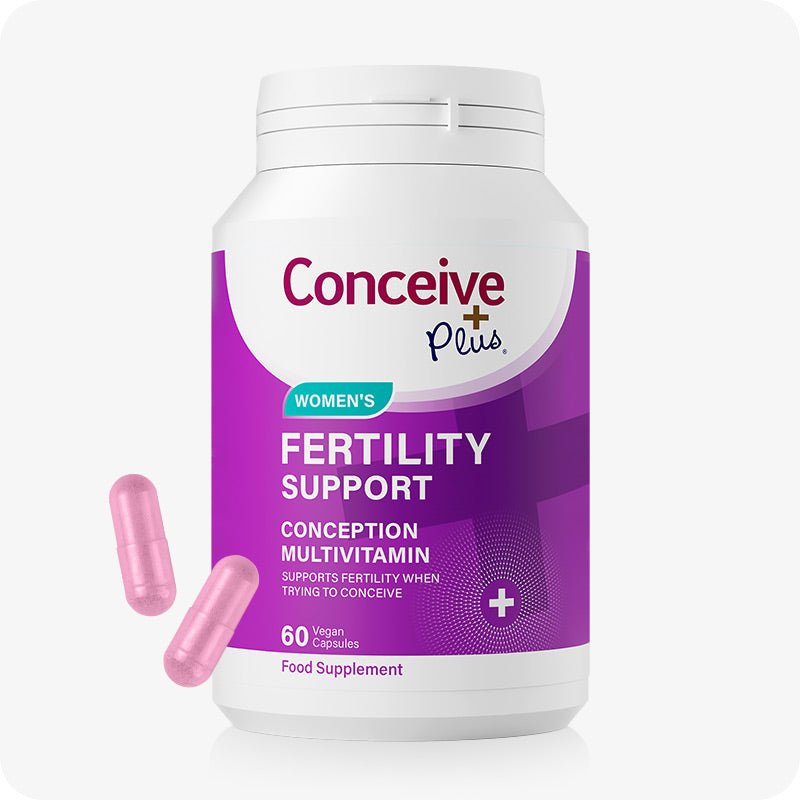basal thermometer
Variations In Your Body Temperature During the course of Ovulation

It is possible to determine your most fertile days when you are ovulating by measuring your body's temperature. During ovulation your system's average temperature increases and this spike will point out that you are ovulating and will also suggest your most fertility periods. Charting ovulation particularly useful when you are trying to get pregnant and wish to know your most fertile days to raise your chances of conceiving.
To help you arrive at an accurate reading you will need to be recording your temperature regularly using a chart so that your average daily temperature can be ascertained accurately.
The best time to record this is actually instantly on waking up every morning, preferably at the same time every single day, employing a basal thermometer. Try to ensure it is the very first thing you are doing moving as little as practical before hand as every movement boosts your body's temperature.













